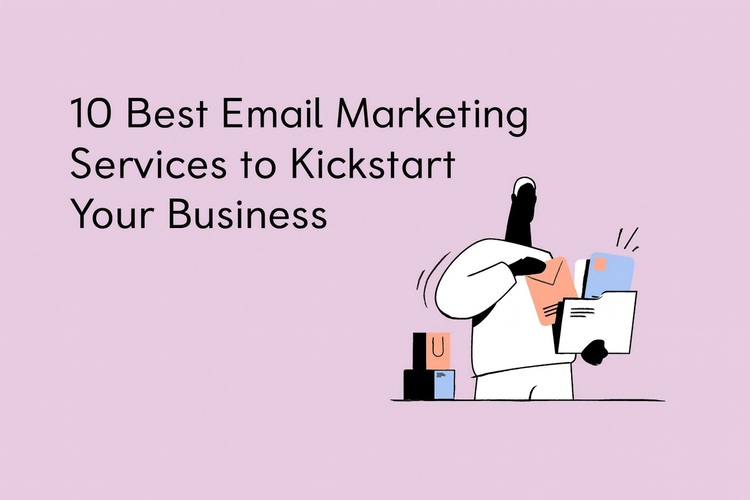
A business plan is more than a pile of forecasts and marketing claims. Think of it as a story: each section flows into the next, guiding the reader from the “big vision” down to the numbers. A plan that’s easy to follow feels professional and trustworthy—two things investors notice right away.
The foundation: summary and identity
Every strong plan starts with clarity. The executive summary is your elevator pitch on paper: problem, solution, and market potential, all in one page. Busy readers often decide whether to continue reading based on this section alone.
Next comes the company profile—your mission, business model, and short history. For example, if you’re opening a coffee shop, mention your experience in the industry, the concept, and what makes your place different from the café down the street.
Quick tip: Keep the summary short and sharp (1–2 pages). Make sure it sparks interest, not sleep.
The offering and the market
Once credibility is set, describe what you’re selling and why it matters. Don’t just list features—show how your product or service solves a real problem.
Then, move to the market analysis. Define the market size, describe your target customers, analyse competitors, and highlight where your advantage lies. For a local gym, that could mean pointing out the lack of affordable fitness options in a fast-growing neighbourhood.
Quick tip: Add numbers—market size, customer segments, competitor pricing. Data turns claims into evidence.
Strategy, operations, and people
Here’s where the “how” comes in. First, outline your marketing and sales strategy—how will people hear about you, and why will they choose you? Then, explain operations: location, suppliers, processes. Finally, introduce your team. Show why your group has the right mix of experience and skills to execute the plan.
Quick tip: Don’t just list job titles. Add one or two sentences on what each key team member brings to the table.
Implementation, funding, and risk
A plan without a timeline is just a wish. Lay out milestones: launch date, first customers, break-even point. Next, be specific about funding—how much you need, how you’ll spend it, and what you’re putting in yourself.
Investors also want to see risks addressed upfront. For example, if regulations could affect your business, acknowledge that and explain how you’d adapt.
Quick tip: Use a simple table with milestones and dates. It makes your roadmap easy to scan.
Financials as the conclusion
The financial section is the logical conclusion of the plan. It translates all previous chapters into numbers: projected revenues, costs, profits, and cash flow. Financial models are not just spreadsheets; they are the numeric proof of the strategy described earlier. Placed at the end, they give the reader the chance to evaluate the business with full context.
Quick tip: Keep it realistic. Overly optimistic numbers are a red flag. Show best, expected, and worst-case scenarios.
Why the structure matters and how to keep it alive
The power of a clear structure is that it mirrors the way investors think: What’s the idea? Who’s behind it? Who are the customers? How will you reach them? How will you deliver? What are the risks? And finally—what do the numbers show?
Answering in this order saves readers from searching around and builds confidence in your professionalism.
But a plan is not a one-time exercise. Markets shift, customer needs evolve, and strategies adapt. Treat your business plan as a living document—update it regularly, and it will continue to be both a guiding tool for you and a persuasive asset for investors.
Conclusion
Writing a business plan is often portrayed as a daunting process. In reality, it is about discipline in structure. By moving logically from summary to identity, from offering to market, from strategy to operations, and finally to funding and financials, you create not just a document but a narrative investors can follow with confidence.
And you don’t have to do it alone. With Growexa, you can create a professional business plan faster, with guided templates, smart tips, and tools designed to impress investors.











